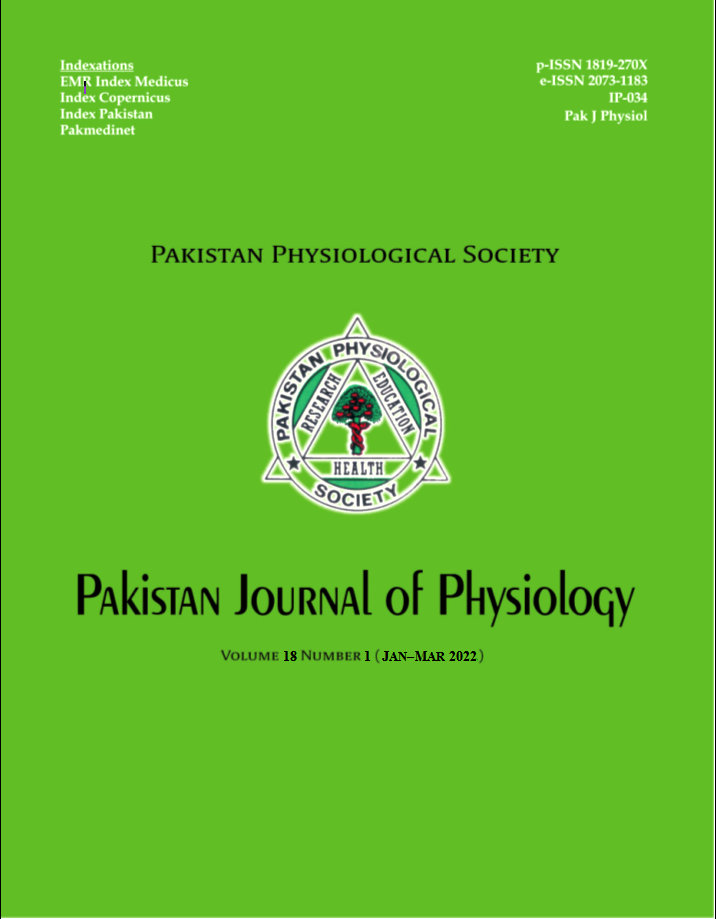FREQUENCY AND ANTIBIOTIC SENSITIVITY OF MOST COMMON ORGANISMS CAUSING URINARY TRACT INFECTIONS IN CHILDREN
DOI:
https://doi.org/10.69656/pjp.v18i1.1360Keywords:
Children, Antibiotics, Urinary tract infection, Microorganisms, Sensitivity, ResistanceAbstract
Background: Urinary tract infections (UTIs) are common and significant clinical condition in children. This study was conducted to determine the frequency of most common organisms causing urinary tract infections (UTI) and their sensitivity to various antibiotics in children admitted in a tertiary care health facility. Methods: In this retrospective study, 225 patients of both genders, aged 1–15 years and diagnosed as a case of UTI of any duration were included. Relevant data was collected from hospital electronic patients’ record section. The data was analysed using SPSS-16. Results: There were 38% male and 62% female patients in the study. Mean age of the patients was 6±1.26 years. Mean duration of symptoms was 3±2.21 days. Escherichia coli was found in 45%, Klebsiella pneumoniae in 20%, Staphylococcus aureus in 18%, Pseudomonas aeruginosa in 11%, Proteus mirabilis in 3%, and Enterococcus in 3% of patients. All organisms were sensitive to most of the commonly used antimicrobial agents. Conclusion: The most common organism causing UTIs in our setup was Escherichia coli, followed by Klebsiella pneumoniae, Staphylococcus aureus, Pseudomonas aeruginosa and Proteus mirabilis, and these pathogens were sensitive to Ceftriaxone, Amikacin, Tetracycline, Ciprofloxacin, Augmentin, Ceftazidime and Nitrofurantoin. Resistance to these antibioticd was low in our setup.
Pak J Physiol 2022;18(1):29?31
Downloads
Downloads
Published
How to Cite
Issue
Section
License
The author(s) retain the copyrights and allow their publication in Pakistan Journal of Physiology, Pak J Physiol, PJP to be FREE for research and academic purposes. It can be downloaded and stored, printed, presented, projected, cited and quoted with full reference of, and acknowledgement to the author(s) and the PJP. The contents are published with an international CC-BY-ND-4.0 License.












